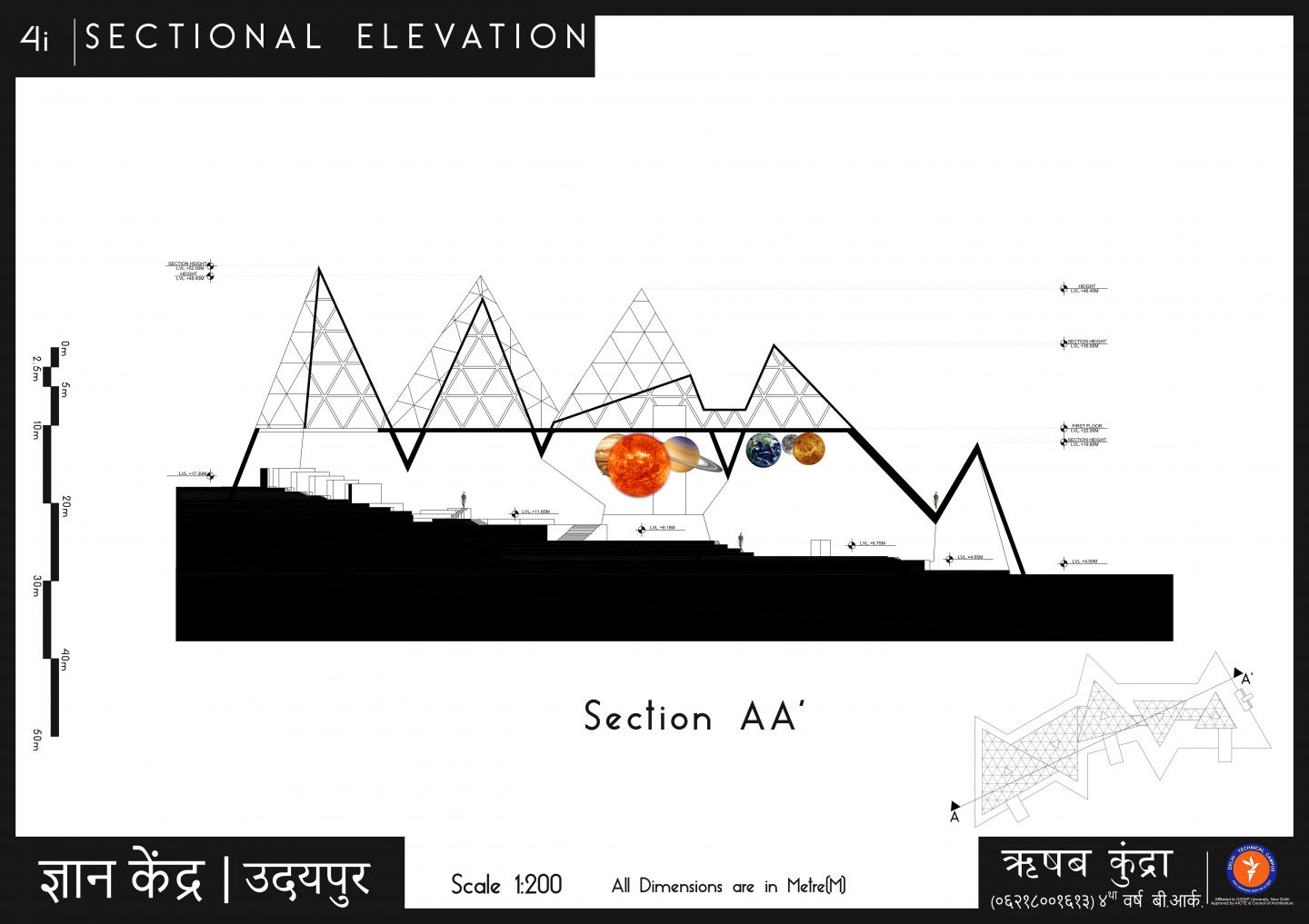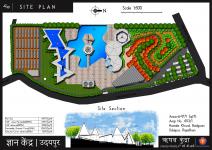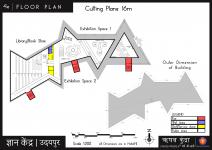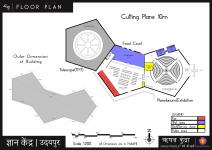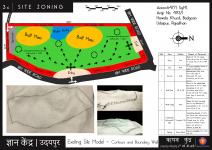Science centres and museums today are taking active part in gearing their audiences for the
so-called "wicked problems" of the 21st century. At the same time, science centres are facing
pressure to respond to challenges such as increased accountability, increased accessibility,
and growing competition from leisure experiences. This means that these institutions must
venture into unknown territories of diversifying their range of offers, develop new forms of
collaborations, and find new ways to reach their audiences. In short, the 21st century requires
a new set of outwardly justified capabilities if science centres are to remain relevant to their
societies.
Explosion of knowledge and information, based on breath taking advancement in the field of
science and technology, has bestowed on man powers enviable even for gods. It has helped
man conquer space and time. Now he has unraveled many mysteries of nature and life and is
ready to face new challenges and move forward in the realm of the unknown and the
undiscovered.
Our technology policy is comprehensive and well thought out. It aims at developing
indigenous technology to ensure efficient absorption and adoption of imported technology
suitable to national priorities and availability of resources. Its main objective is attainment of
technical competence and self- reliance, leading to reduction in vulnerability in strategic and
critical areas. With a view to strengthening our economy and industrial development, ourgovernment has introduced many structural reforms through adoption of a new industrial
policy which has an important bearing on the programmes of development pertaining to
science and technology. Consequently, technology has become our mainstay enterprise and
now we have built a strong and reliable infrastructure for research, training and development
in science and technology.
The personal impact of a science centre is defined as the change that occurs in an individual because of his/her contact with a science centre. It includes factors such as:
• science learning
• changed attitudes to science
• social experience
• career directions formed
• increased professional expertise
• personal enjoyment
The societal impact of a science centre is defined as the effect that a science centre has
on groups of people, organizations, and on the built and natural environment. Examples
of societal impact are:
• local/regional/international tourism
• community leisure activities
• youth employment
• community partnerships
• volunteer schemes
• local clubs and societies
• urban redevelopment
• environmental restoration
• infrastructure: roads, parking, transport
The political impact of a science centre is its influence on government policies and
priorities. It is its impact on all levels of government
The economic impact of a science centre is the direct and indirect effect it has on
employment and the local economy. It includes measures such as:
• income brought into the science centre from visitors
• income brought into community by visitors
• science centre expenditure
• job creation for staff and outside providers
Gyan Kendra (centre of knowledge) for public. To make people reinvestigate
their link to the vedic science and their relationship with the cosmos.
OBJECTIVES
•To portray the growth of science and technology and their applications in
Industry and human welfare, with a view to develop scientific attitude and
Temper and to create, inculcate and sustain a general awareness amongst
The people.
•To popularize science and technology in cities, urban and rural areas for the
Benefit of students and for the common man by organizing exhibitions,
Seminars, popular lectures, science camps and various other programs.
•To promote and enhance public understanding of the culture of science and
Technology.
•To supplement science education given in schools and colleges and to
Organize various out-of-school educational activities to foster a spirit of
Scientific enquiry and creativity among the students.
•To design, develop and fabricate science museum exhibits, demonstration
Equipment and scientific teaching aids for science education and
Popularization of science.
•To organize training programmes for science teachers /students /young
Entrepreneurs/technicians/physically challenged/housewives and others on
Specific subjects of science, technology and industry.
•To make public recognize the value of vedic knowledge and the importance of
historical observatories like jantar mantar and the instruments in it.
•To make public realise the gravity of cosmos and the relationship they share with the
universe.
2017
0000
Plot Size 64771 Sq.Mt.
FAR Area Permissible(100%) 64771 Sq.Mt.
FAR achieved(20%) 13260 Sq.Mt.
Permissible Ground Cover(35%) 22670 Sq.Mt.
Ground Cover achieved(13%) 8270 Sq.Mt.
Rishab Kundra
